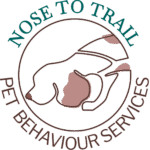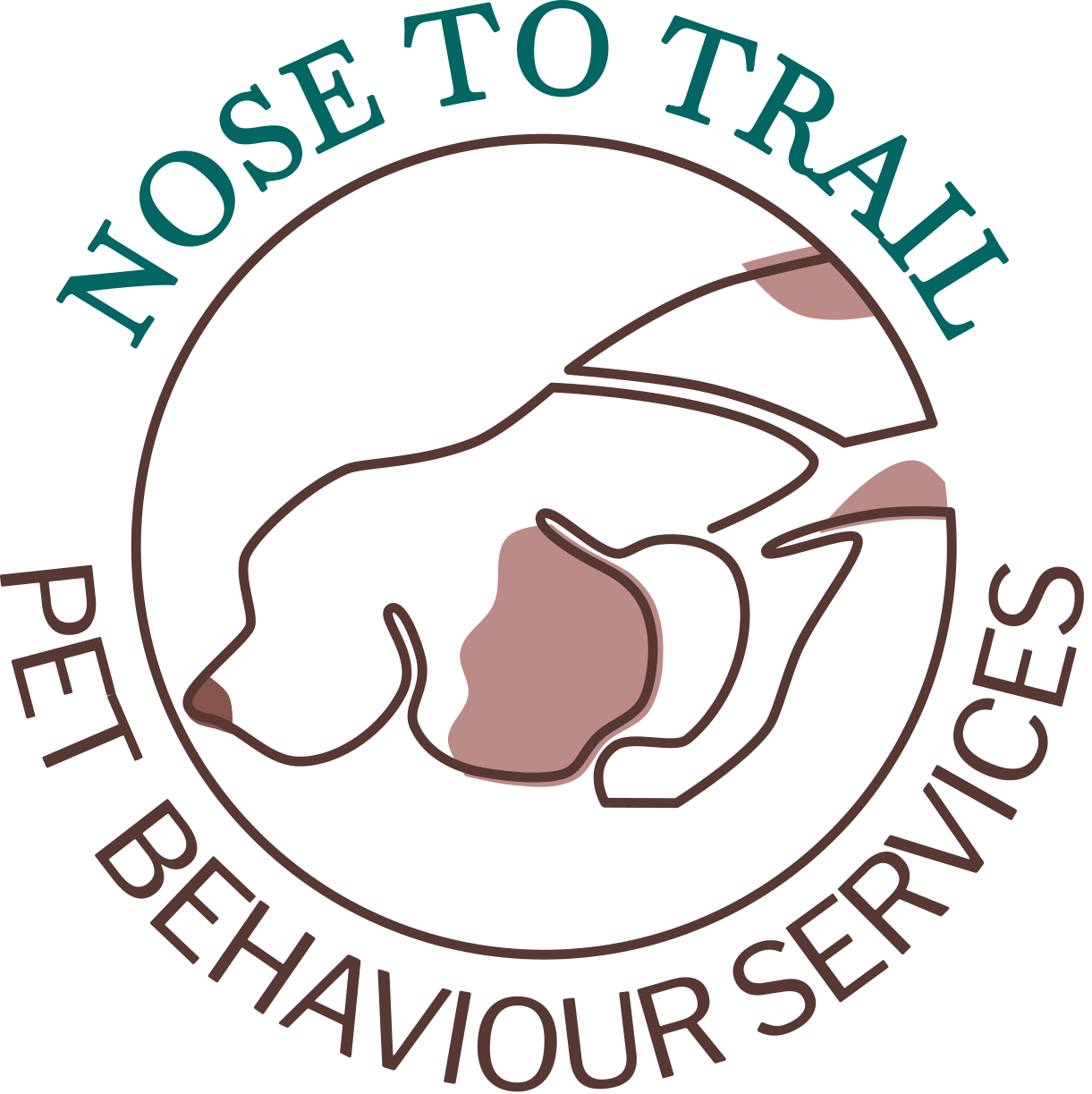Would you even know?
Watching your dog’s behaviour is key!
Unless you’ve set cameras up to watch your dog when you are out at work, there is actually every possibility you wouldn’t know if your dog has a separation related behaviour problem or not! If you do have a doggy camera you need to know what to spot!
Many of the signs of separation issues are subtle. Not all dogs will have a toilet accident when you are out, or destroy the sofa and cushions. It is certainly rare, but I’ve even had dogs referred to me because they are blocking their humans from leaving the home and in some cases biting them in their desperate attempts not to be left home alone.
Typically people come to me for help with what they call “Separation Anxiety” after their neighbour has made a brush away comment to them. Something like “oh your dog was barking all day again”, though others have been more serious with neighbours reporting the vocalising dog to the local authorities as nuisance noise complaint.
The very sad thing is that these are the typically more overt extreme cases, but they are only the tip of the iceberg when it comes to how many dogs have separation related behaviour issues.
Some research suggests that up to 80% of dogs in UK homes show some signs of distress when they are left home alone. This is a staggering figure and probably way higher than any of us would expect. So why are so many dogs struggling with separation distress, and how can we spot this?
Proud Golden Retriever mum and pups
Why do dogs struggle with separation issues?
Dogs are naturally social animals. They don’t necessarily need to live in a “pack” as some of the outdated nonsense you will still find online suggests, but they do thrive off company of others. For some dogs this is other dogs, but please don’t fall foul of thinking getting a second dog will magically fix your dog’s separation issue (more often than not you’ll just end up with 2 dogs with separation problems….) and for other dogs it is the company of humans.
When you first pick up your puppy they have been with their mum, and their siblings. They come home to a new place, with new people they have met at best a few times and more often than not, what do we do as humans? Decide to leave them in the cold scary kitchen all alone on their first night. Quite often shoving them into a crate! Prior to this most puppies have never, ever been on their own. This can be a defining moment for them. It can be terrifying!
We need to try to be aware of this, and slowly over a period of time gradually introduce our puppies to being left home alone. Teaching them that being in their own company is actually something to enjoy, rather than fear. This may be by starting to teach them to settle, playing puppy peekaboo or properly taking the time to crate train.
This could be part of the reason that my current enquiry rate for separation support is so high. During the pandemic many people got dogs to join their families, but owing to the restrictions that were in place at the time the dogs did not need to be left. Fast forward a few years and many companies are reducing the allowance of time for their staff to work from home, and are expecting people to return to the office for many hours at a time. So many of these dogs have never had to cope with this, they’ve never been shown how to cope with this and as such they just simply do not manage. They’re left home alone and it is panic stations ago!
With our older dogs who seemingly develop separation issues later in life, this can be caused by what we call a “triggering event”. Common examples are; moving home, injury/illness or loss of another family member. These changes can cause a dog to feel less confident, more unsettled and then this can spiral with them finding shorter and shorter periods of home alone time increasingly difficult to manage.
What does separation look like?
Above I touched on the commonly known and easily spotted signs of separation issues, but for many dogs sadly they show their behaviour much more subtly, in ways you do not need to clean up or that your neighbour moans about.
Having a dog camera which you can view live through an app on your phone when you leave the home is going to be key to ensuring you can work through a gradual desensitisation plan to help your dog to be comfortable with being home alone, but also hopefully to give more of you reading this reassurance that actually your dog is fine when they are left! Plus in some cases it is the human who has the separation issue and the dog is actually fine!
I love having a little check in on Rico and Maisy when I am out at work to make sure they’re snoozing away on the sofa and not pining after me!
A lot of dogs with separation issues will fixate on the windows or doors. The place their favourite human exited from. Now some people don’t see this as a huge source of concern and for some dogs it won’t be. The problem for me arises if the dog is showing signs of discomfort and distress when looking for their human. Is it preventing them from getting the rest they should be? If they can’t switch off and actually have a snooze, this lack of sleep will then have a knock on effect on their behaviour and everything spirals. If they’re panting, repeatedly yawning and lip licking they are likely to be distressed and we need to work on making them feel more comfortable with being left. If your camera is good enough you may even for some dogs see how tense their fur is with it being pulled back and their features no longer looking as cute and relaxed as normal.
Other dogs will pace. Again – silent, and not leaving a wave of mess and destruction in their path but certainly abnormal. If you were home alone, would they go up and down the same 5 metre stretch all day? No? Then we need to do something about it!
Separation looks different for each individual dog. The emotion behind it is not always “anxiety” either, hence I’ve said “separation related behaviour” a few times. Some dogs are bored, others are frustrated. By being able to observe the signs your dog shows when they are home alone you will be better placed to identify how they are feeling and then work through an appropriate training plan to help them to feel more comfortable.
We have a range of resources on the Nose to Trail membership but a good place to start is our separation success webinar which you can download right now here.
If you need further help then why not check out our 8 week intensive behaviour packages starting from £799.
Written by Rachel Rodgers MSc Clinical Animal Behaviourist
About Nose to Trail
Nose to Trail is a pet behaviour service run by multi award-winning clinical animal behaviourist Rachel Rodgers.
Rachel has a Master’s degree in Applied Animal Behaviour and Training. She is a full member of the APBC – Association of Pet Behaviour Councillors and PACT – Professional Association of Canine Trainers.
She lives on the outskirts of Nantwich with her two small dogs, Rico – a rescue from Portugal, and Maisy a Jack Russell cross Pug.
info@nosetotrail.co.uk
07506059019

